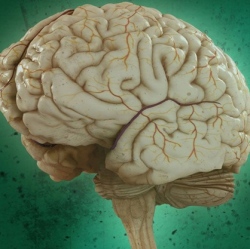
Widely proscribed around the world for its recreational uses, cannabis is being used in a number of different therapeutic ways to bring relief for severe medical conditions. Products using cannabinoids, the active components of the cannabis plant, have been licensed for medical use.
Sativex, for example, which contains an equal mixture of the cannabinoids tetrahydrocannabinol (THC) and cannabidiol (CBD), is already licenced as a mouth spray for multiple sclerosis and in the US, dronabinol and nabilone are commercially available for treating cancer-related side effects.
Now, in a study published in Molecular Cancer Therapeutics, we’ve also shown that cannabinoids could play a role in treating one of the most aggressive cancers in adults. There are more than 85 cannabinoids, which are known to bind to unique receptors in cells and which receive outside chemical signals. These receptors feed into signalling pathways, telling cells what to do.
Recent studies have shown that some cannabinoids have potent anti-cancer action. For example, both THC and CBD have been shown in a number of laboratory studies to effectively induce cell death in tumour cells by modifying the faulty signalling pathways inside these cells. Depending on the cell type this can disrupt tumour growth or start to kill it.
The psychoactivity associated with some cannabinoids, principally THC (which gives people a cannabis high), is also mediated via the same receptors. Because these receptors are found in the highest abundances in brain cells, it follows that brain tumours also rich in these receptors may respond best to cannabinoids.
